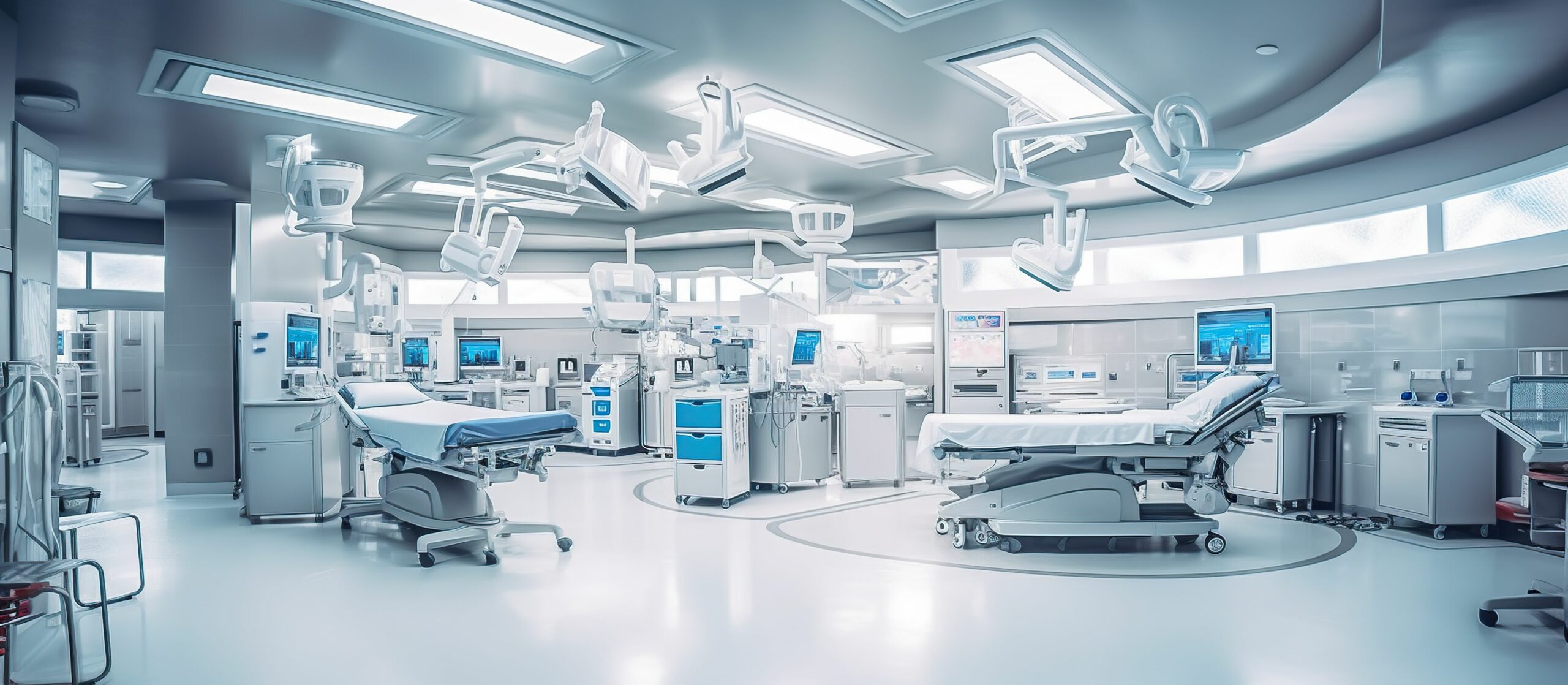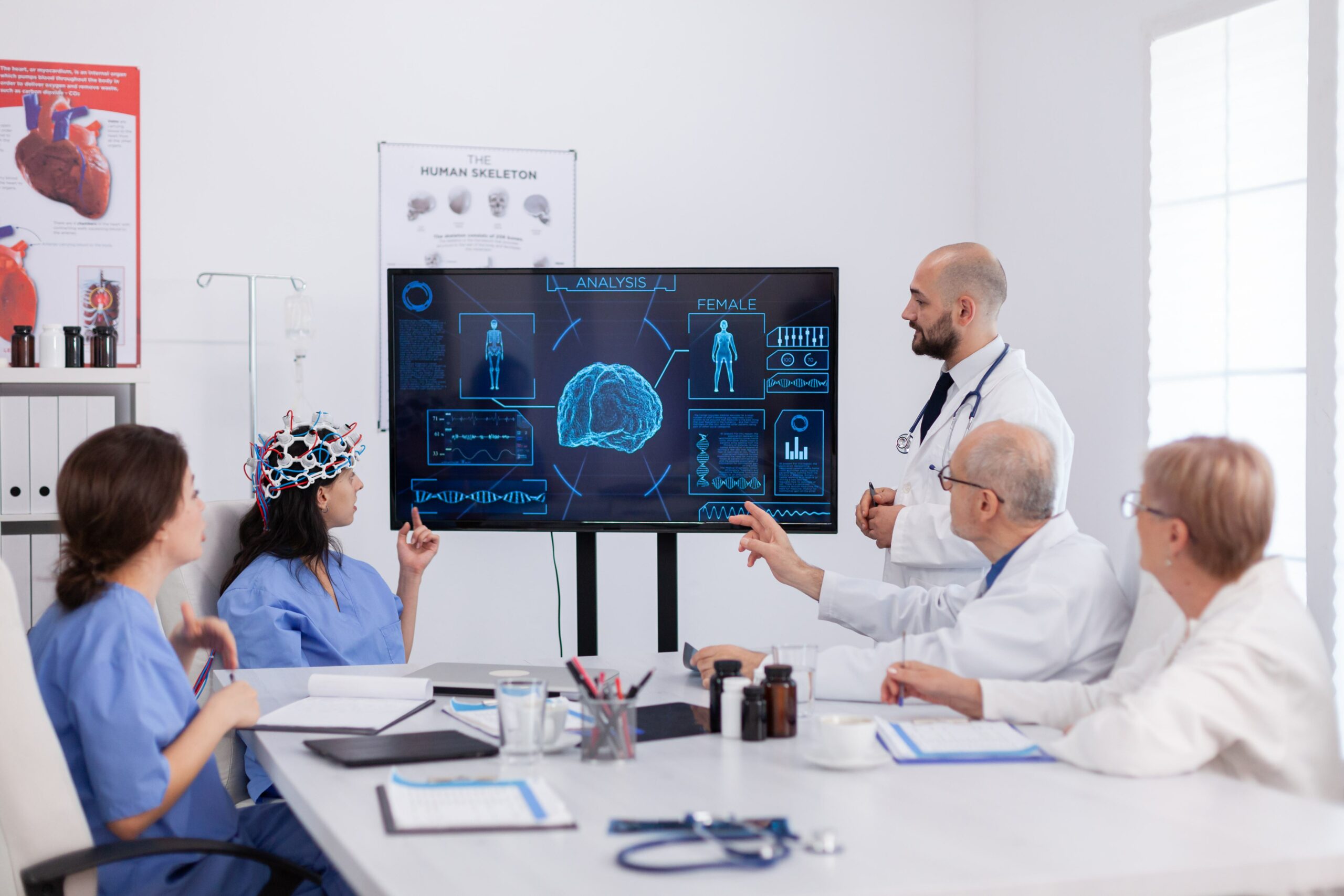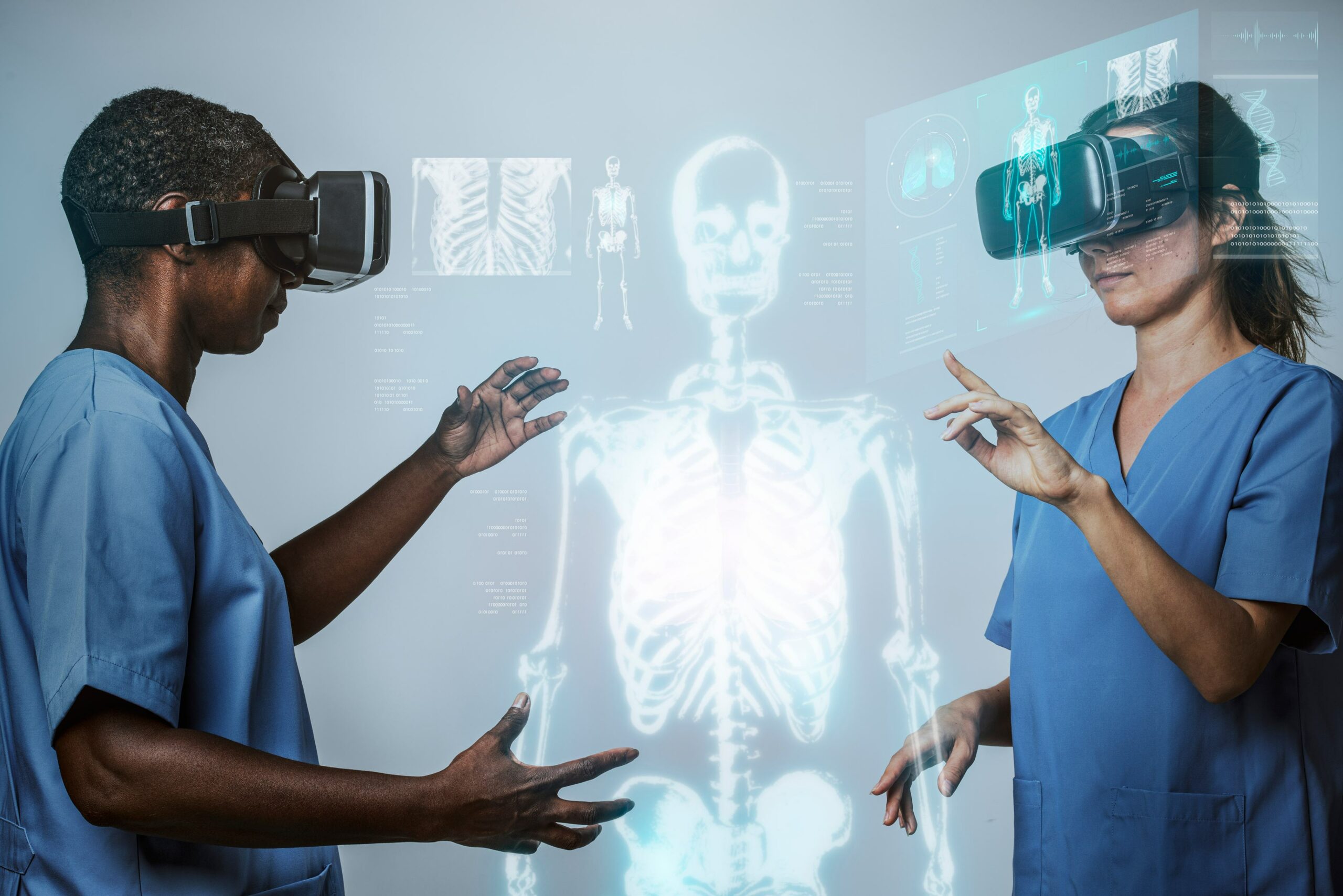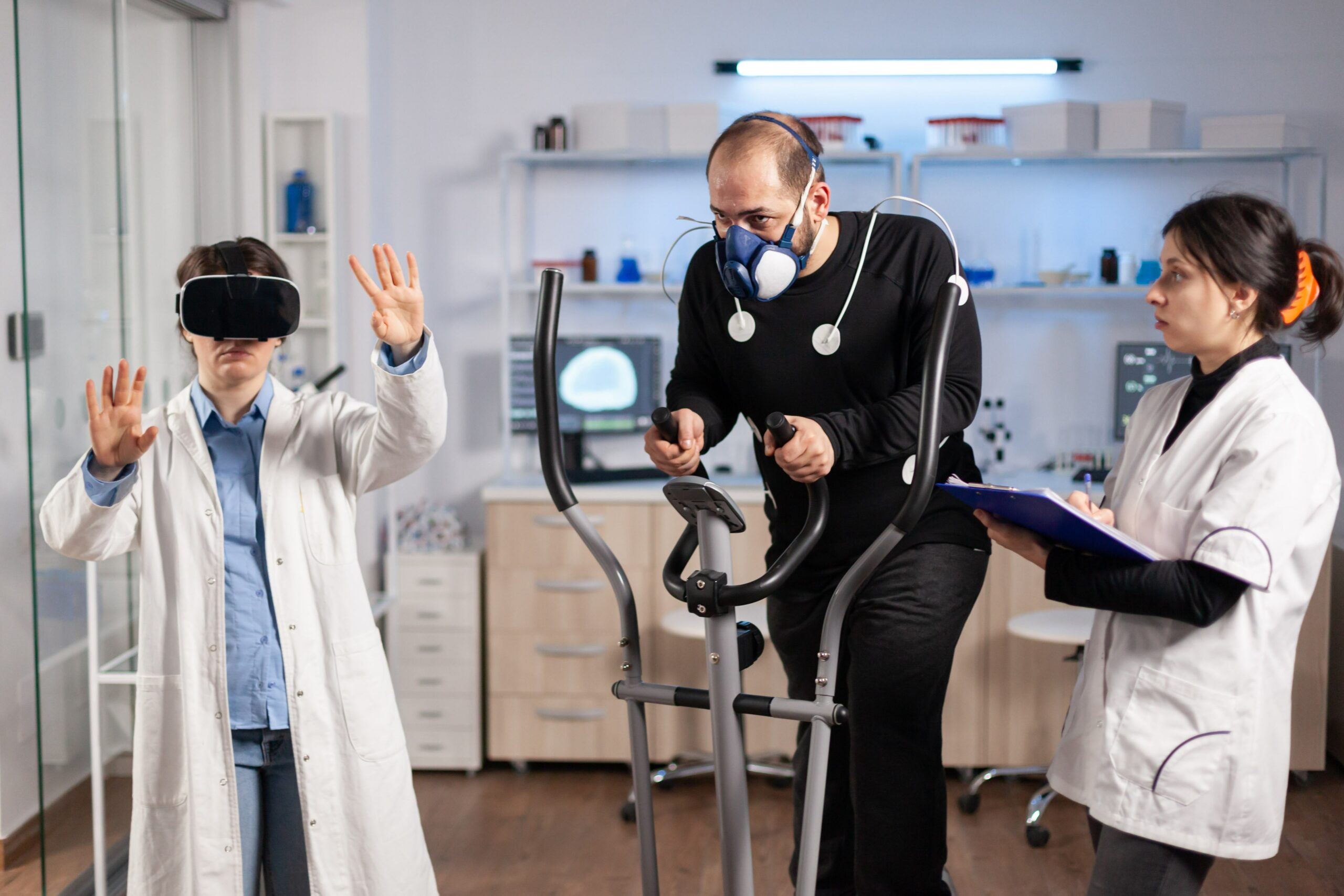Industrial design plays a pivotal role in shaping the way we experience products and environments. In recent years, it has found a promising niche in the healthcare sector, where innovation and human-centered design are critical. Industrial design in healthcare is not just about creating aesthetically pleasing medical devices or furniture; it’s about enhancing patient outcomes, improving the efficiency of healthcare delivery, and ultimately, saving lives.
The Evolution of Industrial Design in Healthcare
Historically, healthcare spaces were functional but often lacked the warmth and comfort that patients and healthcare providers desired. However, as the importance of patient-centered care gained recognition, the role of industrial designers in healthcare began to evolve.
Enhancing Patient Experience: Industrial designers now focus on creating patient-centric healthcare environments, offering comfort and reducing anxiety. These designs incorporate elements like soothing colors, ergonomic furniture, and innovative lighting solutions to create spaces that promote healing and well-being.
Optimizing Medical Devices: The design of medical devices has come a long way, with a focus on user-friendliness and patient safety. For example, the sleek and intuitive design of insulin pens has made life easier for diabetic patients who need to administer insulin regularly.
Digital Healthcare Solutions: The rise of telemedicine and digital health applications has prompted designers to create user-friendly interfaces that allow patients to access healthcare services from the comfort of their homes. These designs consider accessibility, usability, and the overall user experience.
The Impact of Industrial Design in Healthcare
Improved Patient Outcomes: Thoughtful industrial design can have a significant impact on patient outcomes. For instance, well-designed hospital rooms can reduce stress and anxiety, leading to faster recovery times. Ergonomically designed medical equipment can enhance precision and reduce the risk of medical errors.
Efficiency in Healthcare Delivery: Industrial design has also contributed to the streamlining of healthcare processes. Innovative designs in healthcare furniture and equipment have made it easier for healthcare professionals to perform their tasks efficiently, saving time and resources.
Humanization of Healthcare: By incorporating elements of comfort and aesthetics, industrial design humanizes healthcare spaces. This shift helps in reducing the intimidation factor often associated with healthcare settings and fosters trust between patients and healthcare providers.
Innovations in Industrial Design for Healthcare
Smart Hospitals: The integration of technology with industrial design has given rise to smart hospitals. These facilities are equipped with IoT sensors, real-time tracking systems, and automation to enhance patient care. For instance, smart beds can monitor patient vitals and adjust for optimal comfort.
Wearable Medical Devices: Industrial designers have played a crucial role in the development of wearable medical devices. These devices, like smartwatches that monitor heart rate and blood pressure, not only serve as health trackers but also as fashion accessories.
Inclusive Design: Industrial designers are increasingly focusing on inclusivity in healthcare design. This involves creating solutions that cater to diverse patient needs, including those with disabilities. From accessible examination tables to braille labels on medication packaging, inclusivity is at the forefront of healthcare design.
Challenges in Industrial Design for Healthcare
While industrial design has brought numerous benefits to healthcare, it also faces several challenges:
Regulatory Compliance: Healthcare products and environments must meet stringent regulatory standards to ensure patient safety. Industrial designers must navigate complex regulatory frameworks to bring their innovations to market.
Cost Constraints: Balancing innovation and cost-effectiveness is a constant challenge in healthcare. Designing high-quality, innovative healthcare solutions that are also affordable can be a formidable task.
Interdisciplinary Collaboration: Effective healthcare design often requires collaboration between industrial designers, healthcare professionals, engineers, and other stakeholders. Overcoming communication barriers and aligning diverse perspectives can be challenging.
The Future of Industrial Design in Healthcare
The future of industrial design in healthcare holds great promise:
Virtual Reality (VR) and Augmented Reality (AR): VR and AR technologies are increasingly being integrated into healthcare design. From simulating medical procedures for training purposes to using AR for patient education, these technologies are changing the way healthcare is delivered.
Biophilic Design: Biophilic design, which incorporates natural elements into healthcare spaces, is gaining popularity. It has been shown to reduce stress, improve mental health, and boost overall well-being.
Sustainability: Industrial designers are embracing sustainability in healthcare design. From eco-friendly materials for medical equipment to energy-efficient hospital buildings, sustainability is becoming a core consideration in healthcare design.
Industrial design is no longer limited to the aesthetics of healthcare products and spaces; it has become a driving force behind innovation, efficiency, and improved patient outcomes. As healthcare continues to evolve, the role of industrial designers in shaping the future of healthcare delivery becomes increasingly essential. Through innovative designs that prioritize patient needs, technology integration, and sustainability, industrial design is poised to revolutionize the healthcare industry, ultimately making healthcare more accessible, efficient, and patient-centered.
For more blogs related to design: https://www.dotsod.in/blog/
Follow DOT School of Design on Facebook, Instagram, LinkedIn, Medium and YouTube




